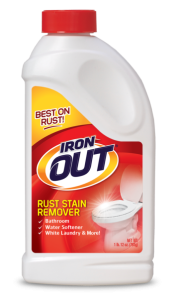Some (most?) E-6 kits use a fogging developer to avoid the need for a separate reversal bath or light exposure for reversal.
Almost all black and white reversal processes use light exposure reversal (unless they use a thiourea sepia toner or similar to directly develop and tone the undeveloped halide).
Is there a sensible reason (other than cost, and we wouldn't be doing some of the things we do if cost-effectiveness were everything, would we?) not to use the reversing color developer from an E-6 kit as the second developer in a black and white reversal? That way the entire process could be done without opening the tank.
Almost all black and white reversal processes use light exposure reversal (unless they use a thiourea sepia toner or similar to directly develop and tone the undeveloped halide).
Is there a sensible reason (other than cost, and we wouldn't be doing some of the things we do if cost-effectiveness were everything, would we?) not to use the reversing color developer from an E-6 kit as the second developer in a black and white reversal? That way the entire process could be done without opening the tank.




